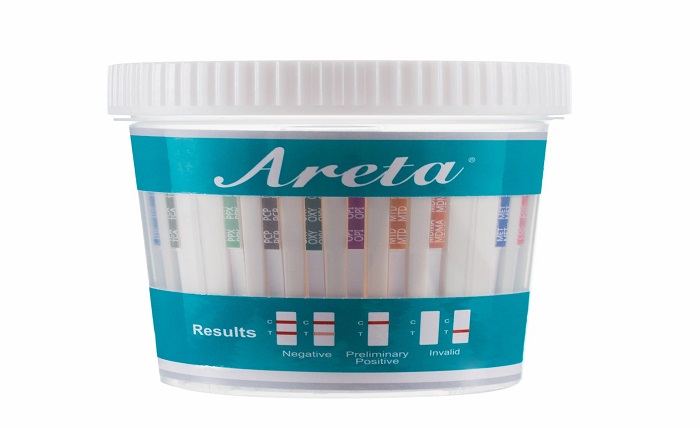Instant Drug Test

Drug testing has become an integral component of many organizations, including schools, businesses, and sporting events. The aim is to ensure that individuals do not abuse illegal substances or breach policies governing drug usage. One of the most common types of drug testing is the instant drug test, which provides rapid results without the need for laboratory testing. Instant drug tests utilize urine, saliva, blood or hair samples and are widely available in the market for purchase. These tests are often conducted on-site or at a nearby testing facility, making them a convenient and efficient way of quickly identifying drug usage in individuals.
In this blog post, we will provide a detailed insight into what instant drug tests are and how they work. We will discuss the technology behind instant drug tests, the reliability of the test results, and the key benefits of using instant drug tests. We will also highlight the various types of instant drug tests available in the market, their sensitivity to different substances, and how to choose the right test based on your testing needs. For more information visit idrugscreen.com
- Definition of an Instant Drug Test
An instant drug test is a type of drug screening that provides quick, on-site results with minimal preparation and processing time. Unlike other types of drug tests that require samples to be collected and sent to a laboratory for analysis, instant drug tests have the advantage of being portable and highly convenient. Typically, they are used in a variety of settings, such as workplaces, schools, correctional facilities, and drug treatment programs to detect the use of illicit drugs by individuals. Because they are designed to detect recent drug use, instant drug tests are most effective for identifying current impairment, rather than past use, and are frequently used as a preliminary screening tool before further testing or confirmation. With the increasing importance of drug-free workplaces and communities, instant drug tests have become an indispensable tool for organizations seeking to promote a culture of safety, accountability, and well-being.
- Benefits of Instant Drug Testing
An instant drug test, also known as a rapid drug test, is a screening method used to detect the presence of drugs in a person’s system. Unlike traditional drug testing methods which require samples to be sent to a lab for analysis, instant drug testing offers a quick and convenient solution. One major advantage of instant drug testing is that it provides quick results, typically within minutes of administering the test. This is especially useful in certain workplace scenarios where time is of the essence. Additionally, instant drug tests can be conducted on-site, which eliminates the need for logistical planning and transport of samples. Another key benefit of instant drug testing is that it provides increased accuracy compared to other tests, with many tests capable of detecting up to 15 different types of drugs. This makes it a valuable tool for employers, law enforcement, and other organizations where drug-free environments are a priority.
- Types of Substances Tested
An instant drug test is a popular screening method used by companies, schools and other organizations to detect the presence of drugs in an individual’s system. There are various types of substances that can be tested for in an instant drug test. The most common tests are for THC, cocaine, amphetamines, opiates and phencyclidine (PCP). THC, the primary psychoactive compound in marijuana, is typically detected in urine samples. The test for cocaine is very sensitive and can detect even small trace amounts of the drug. Amphetamines, such as methamphetamine, can also be detected through urine samples, and the detection window is typically around 72 hours. Opiates, including heroin and prescription painkillers, can be detected for up to four days after use. Finally, the PCP test is also done through urine samples and can detect the drug for up to a week after use. Understanding the types of substances that can be tested for in an instant drug test is essential for organizations looking to ensure a drug-free workplace or other environments.
- Detection Cut-off Levels
When it comes to instant drug tests, it is important to understand the concept of detection cut-off levels. These levels refer to the minimum amount of a drug metabolite that needs to be present in a person’s body in order for the test to detect it. Different types of drug tests have different cut-off levels, and they can vary based on the drug being tested. For instance, the detection cut-off level for THC in a urine drug test is often set at 50 ng/mL, while the cut-off level for cocaine is typically set at 300 ng/mL. Understanding these cut-off levels is crucial in interpreting the reliability and accuracy of the test results. It’s important to note that instant drug tests are typically screening tests, and a positive result should always be confirmed using more definitive methods. The use of instant drug tests can be an effective way to quickly and efficiently screen a large number of people for drug use, but they should not be considered the sole determinant of an individual’s drug use status.




